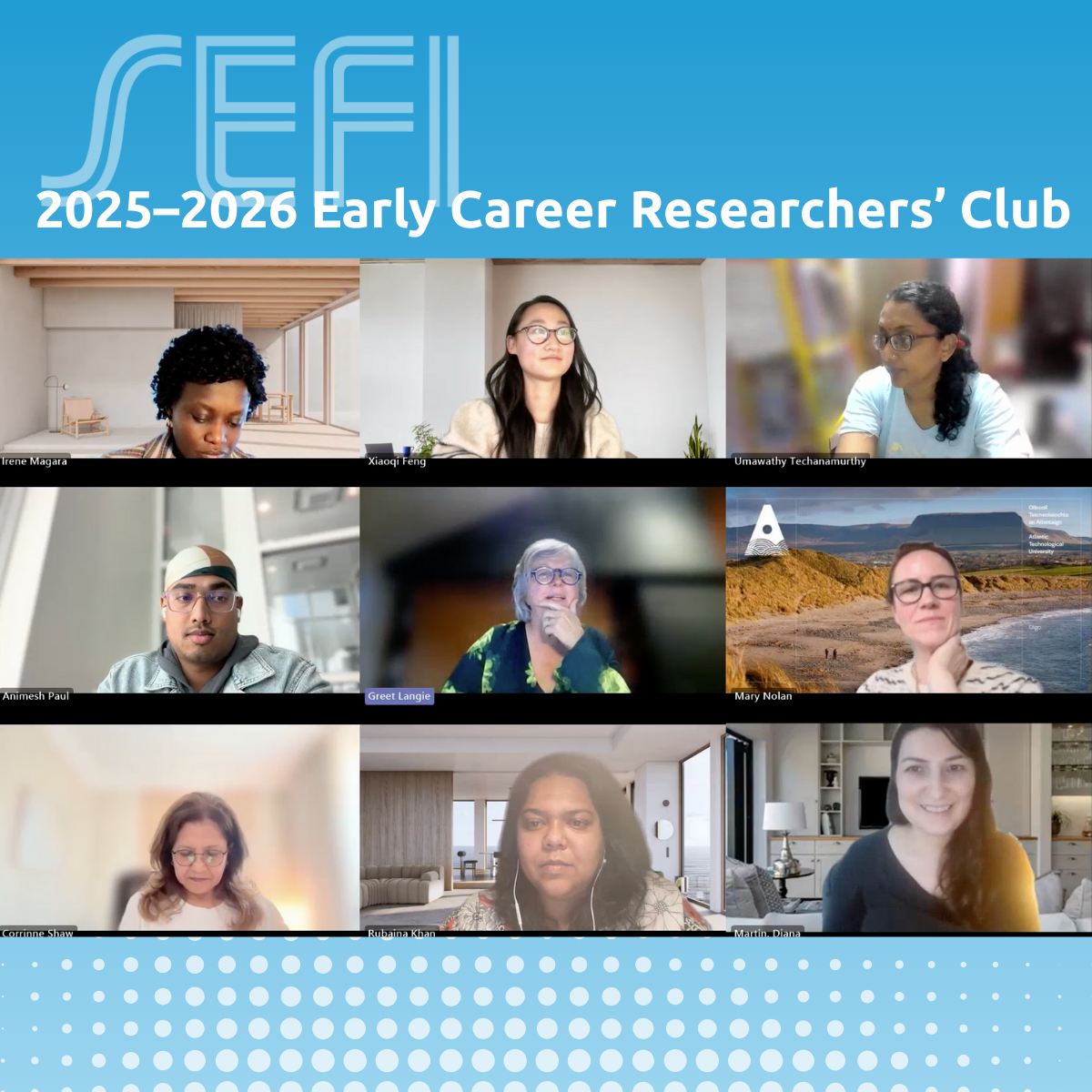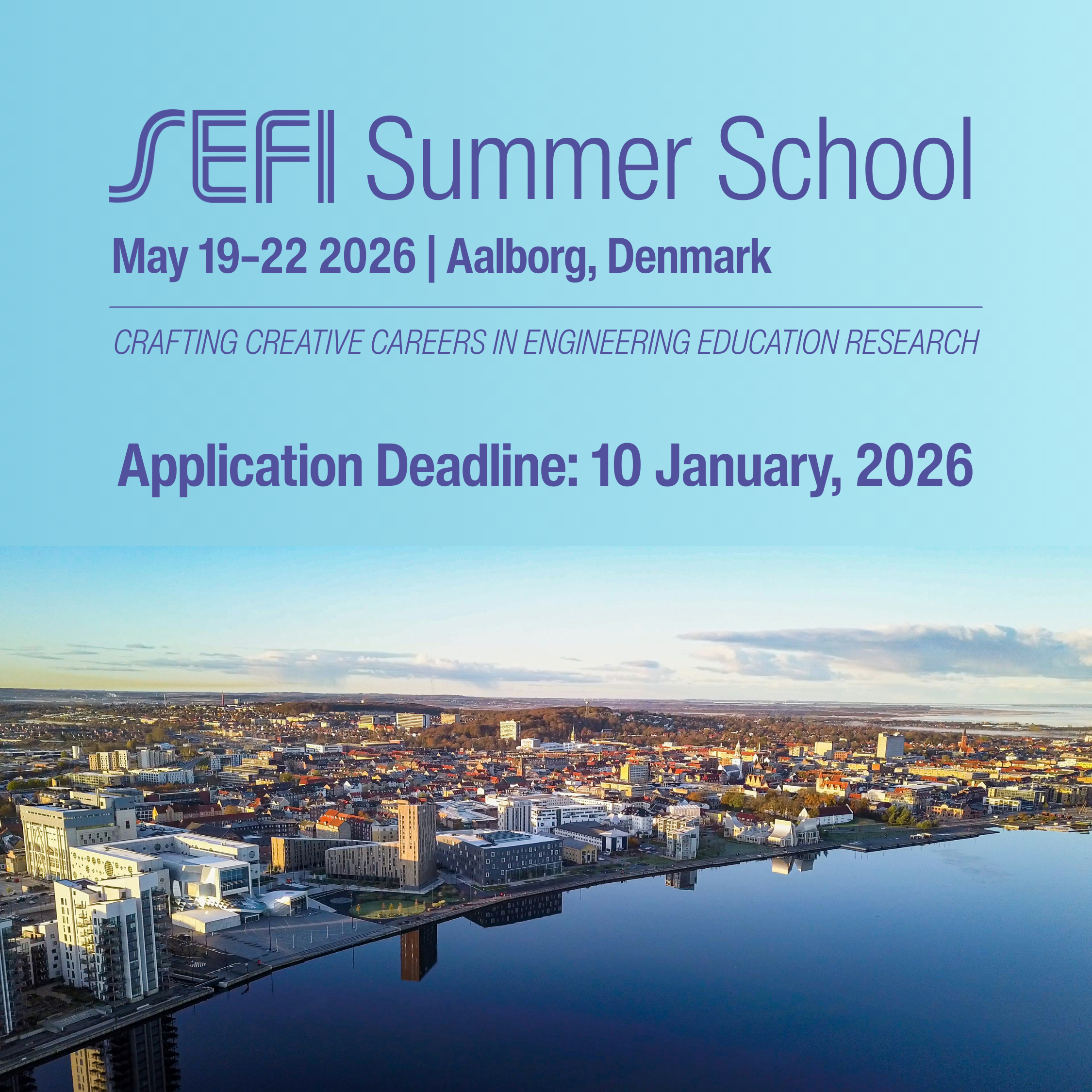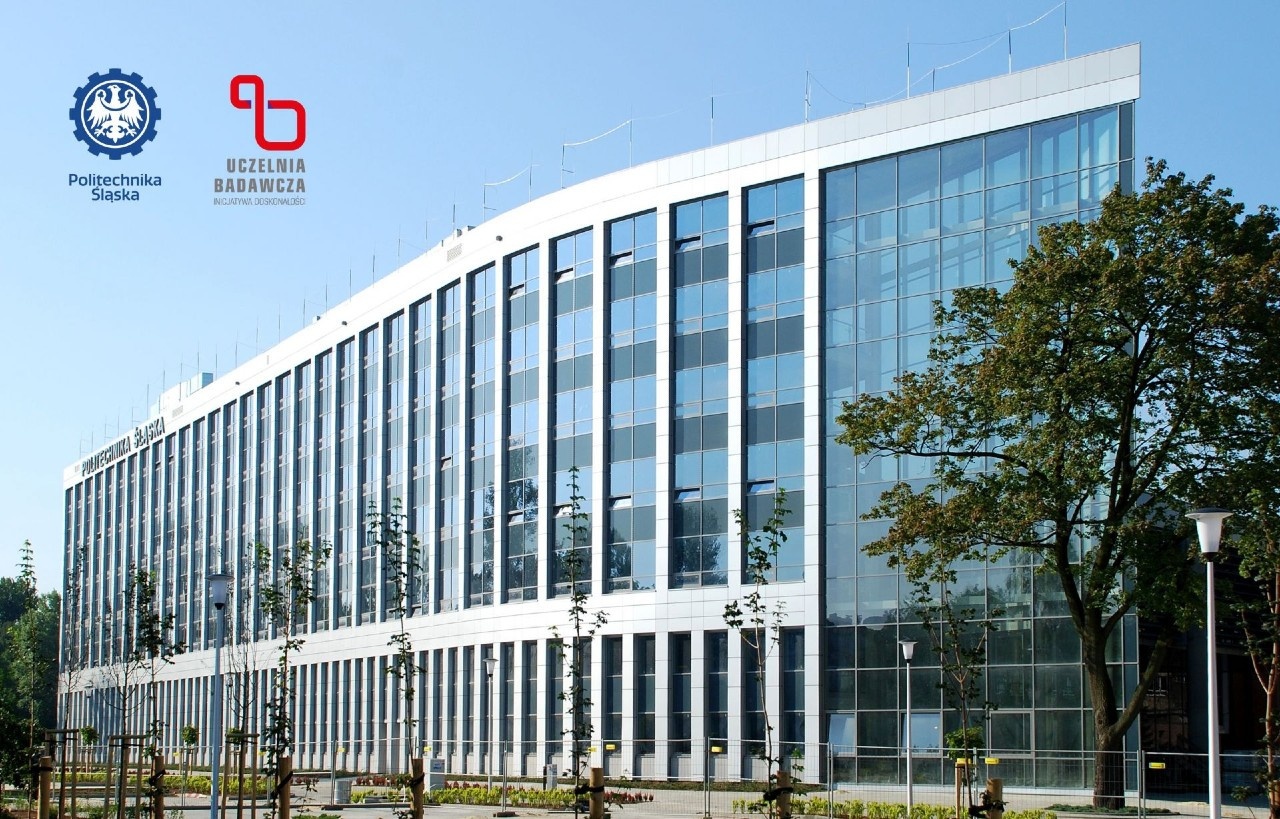The SEFI Early Career Researchers’ Club is a 9-month initiative designed to support and connect…
Gary Wood from NMITE discusses students as partners with Natalie Wint and Neil Cooke
In this episode, our guest is Professor Gary Woods, Academic Director of NMITE where he leads the delivery and development of new approaches to engineering education through challenge-led, industry-linked programmes. He is a National Teaching Fellow, Senior Fellow of the Higher Education Academy and also contributes to regional skills development, drawing on his expertise in employability, professional skills, and entrepreneurship education. Gary’s approach to education is informed by his background in linguistics, a discipline in which transferable skills are highly valued, partly because of the lack of a distinct career path for students following graduation.

Podcast link
https://shows.acast.com/european-engineering-educators/6-gary-wood-from-nmite-
discusses-students-as-partners
Background
Terms such as student voice, student engagement and student co-creation are increasingly used in the context of higher education (HE), this, in part, being driven by increased regulation and focus on student satisfaction. However, there is a lack of consistency in the way such terms are used within the literature, and a lack of evidence that positive transformative change is occurring.
Students can engage in several areas including (i) learning, teaching and assessment; (ii) subject‐based research and enquiry; (iii) scholarship of teaching and learning; and (iv) curriculum design and pedagogical consultancy (Healey, Flint and Harrington, 2014). However, the role that students play in negotiating the contents of engineering programmes is complex and involves understanding differences in the goals of industry and academics.
The remainder of the article will focus on the key points discussed within the episode.
Student engagement activities exist on a continuum from passive to active
Gary posits that traditional methods of student surveys constitute a more passive, instrumental approach whereby educators receive and interpret feedback, and make sense and act upon it as they see appropriate. Whilst he agrees that such methods allow for a large amount of data to be collected quickly, he suggests that this information be used to identify areas for future work using more active approaches.
There is thus a difference between those who listen to students and those who allow students to make recommendations, this contrast being particularly important when considering debates about the idea of students as customers.
Existing means of student feedback tend to focus on ‘hygiene factors’ Gary argues that current methods tend to result in an over‐emphasis on what Frederick Herzberg (1959) referred to as ‘hygiene factors’, without reaching a deeper level of understanding of student learning. He makes use of the two-factor theory (Herzberg, Mausner, and Snyderman, 1959), which claims that satisfaction and dissatisfaction are not opposites, but rather that factors that lead to dissatisfaction are different from those that result in satisfaction. Dissatisfaction is then caused by failure to meet ‘hygiene factors’ (for example timetabling and administrative purposes) and enhancing these factors will not bring about positive satisfaction.
‘Motivators’ are then described as separate factors (for example quality of learning or assessment tasks, or relationships with academic mentors) that result in positive satisfaction when enhanced. Gary claims that traditional methods of feedback such as course evaluations, staff-student committees, and surveys are good at identifying sources of dissatisfaction but that they are less effective at uncovering elements that increase satisfaction and motivation. Uncovering motivators requires a more active approach which involves careful listening and deep reflection.
Double-loop learning offers the potential for transformation
Gary claims that assumptions about students influence the student engagement process and that accessing these underlying assumptions is at the heart of double-loop learning. In contrast to single loop learning (Argyris and Schön, 1974), which does not allow for re-examination of goals, values or mental models, double loop learning provides opportunities to re-target learning enhancement activities and re-conceptualise the staff-student relationship. He argues that single loop learning can limit the scope of future work. Instead, during a double loop learning process, academic staff may recognise that they do not yet understand something about students’ issues and may need to take steps to acquire further understanding before taking actions.
Get the right people at the table
Gary highlights the tensions that can be involved in the process and the need to get the right people involved. For example, he shares experience of working collaboratively with educators who consider themselves as experts who know best what students need. These people can question what students really add to the process. He suggests acknowledging the different and unique perspectives that students, who are the only ones with experience in studying that course at that time, can bring. Gary suggests that staff‐student collaborations require academic staff with a genuine interest in student perspectives, who can navigate understanding before jumping to solutions; and who are able to understand and translate students’ aspirations to a more structured environment.
Action research as an appropriate methodology
Gary believes action research methodologies to be particularly effective when conducting such work. He describes action research as a qualitative methodology that involves an iterative process of both action and research to identify, plan, implement and evaluate interventions in the environment (Hayward and Cassell, 2018). He states that self-reflection is needed to understand the values and influences the researcher brings to the process, as well as an acknowledgement of how this shapes the research and influences data analysis and guides action in practice.
Resources
Argyris, C., and D. Schön. 1974. Theory in Practice: Increasing Professional
Effectiveness. San Francisco, CA: Jossey-Bass Publishers.
Gibbs, B & Wood, G. C. (2021) How can student partnerships stimulate
organisational learning in higher education institutions?, Teaching in Higher
Education, DOI: 10.1080/13562517.2021.1913722.
Hayward, S., and C. Cassell. 2018. “Achieving Critical Distance.” In The SAGE
Handbook of Qualitative Business and Management Research Methods: History and
Traditions, edited by Catherine Cassell, Ann L Cunliffe, and Gina Grandy, 361–376.
London: Sage.
Healey, M., Flint, A., & Harrington, K. (2014). Engagement through partnership:
students as partners in learning and teaching in higher education. York: The Higher
Education Academy.
Herzberg, F., Mausner, B., & Snyderman, B.B. (1959). Motivation to Work. New
York: Wiley.
Wood, G.C. & Gibbs, B. (2019). Students as Partners in the Design and Practice of
Engineering Education: Understanding and Enabling Development of Intellectual
Abilities. In: Malik, M., Andrews, J., Clark, R., & Broadbent, R. (eds) Realising
Ambitions: 6th Annual Symposium of the UK&I Engineering Education Research
Network. Portsmouth: University of Portsmouth.


